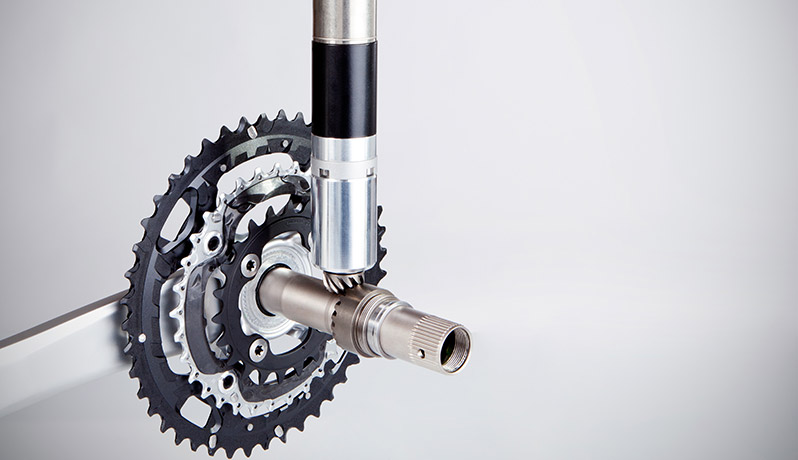An electric motor was found in a bicycle of a famous athlete at a cyclocross championship

Nowadays, technologies are developing very quickly, with many elements and components decreasing in size. Improving the device, with the progress now has reached the sport. And this is not always good, because some athletes use the fruits of progress to improve their results, and illegal ones.
One of the most striking examples is the recent discovery of an electromotor in a bicycle frame by famous athlete from Belgium Femke Van Den Drisch. Discovered "tehnodoping" quite by accident, when the Belgian withdrew from the race for technical reasons. Before the start of the competition, Femke was considered the favorite.
The analysis showed that there is a hidden motor in the frame of the bike. According to experts, it was used to improve the results of the cyclist. The cyclist’s father claims that the bike is not hers, but her friend’s. They seem to have the same vehicles, and the young man left his bike next to the athlete's truck. The technician decided that it was her bicycle, and prepared him for the competition.
')

Photo from the site of the company engaged in the creation of "mechanical doping" for cyclists
Among cyclists for several years now there have been rumors about “mechanical doping,” but this is the first time that a real athlete has discovered a real problem in a real bicycle.
The organizers of the competition claim that when checking the bike a new method was used, the details of which were not disclosed. The violation itself received the official term “technological fraud”, the minimum penalty here is a 6-month disqualification and a fine in the amount of 20 to 200 thousand Swiss francs (approximately from 17 to 170 thousand euros).

Photo from the site of the company engaged in the creation of "mechanical doping" for cyclists
Rumors of technological doping began to circulate among cyclists since 2010, when athlete Fabian Cancellara was accused of “technological fraud”. Then one of the technical experts claimed that a small electric motor with a capacity of from 60 to 100 watts was working in an athlete's bicycle. Despite the fact that the motor is low-powered, it helped the cyclist to improve efficiency.
Subsequently, the organizers of world-class cycling championships began to subject bicycles to random inspection using a scanner and a small camera.
By the way, companies that create bicycles with hidden electric motors, operate quite openly. Here is one of them . The solutions are very expensive, but professional athletes usually do not save on equipment.
Source: https://habr.com/ru/post/389987/
All Articles